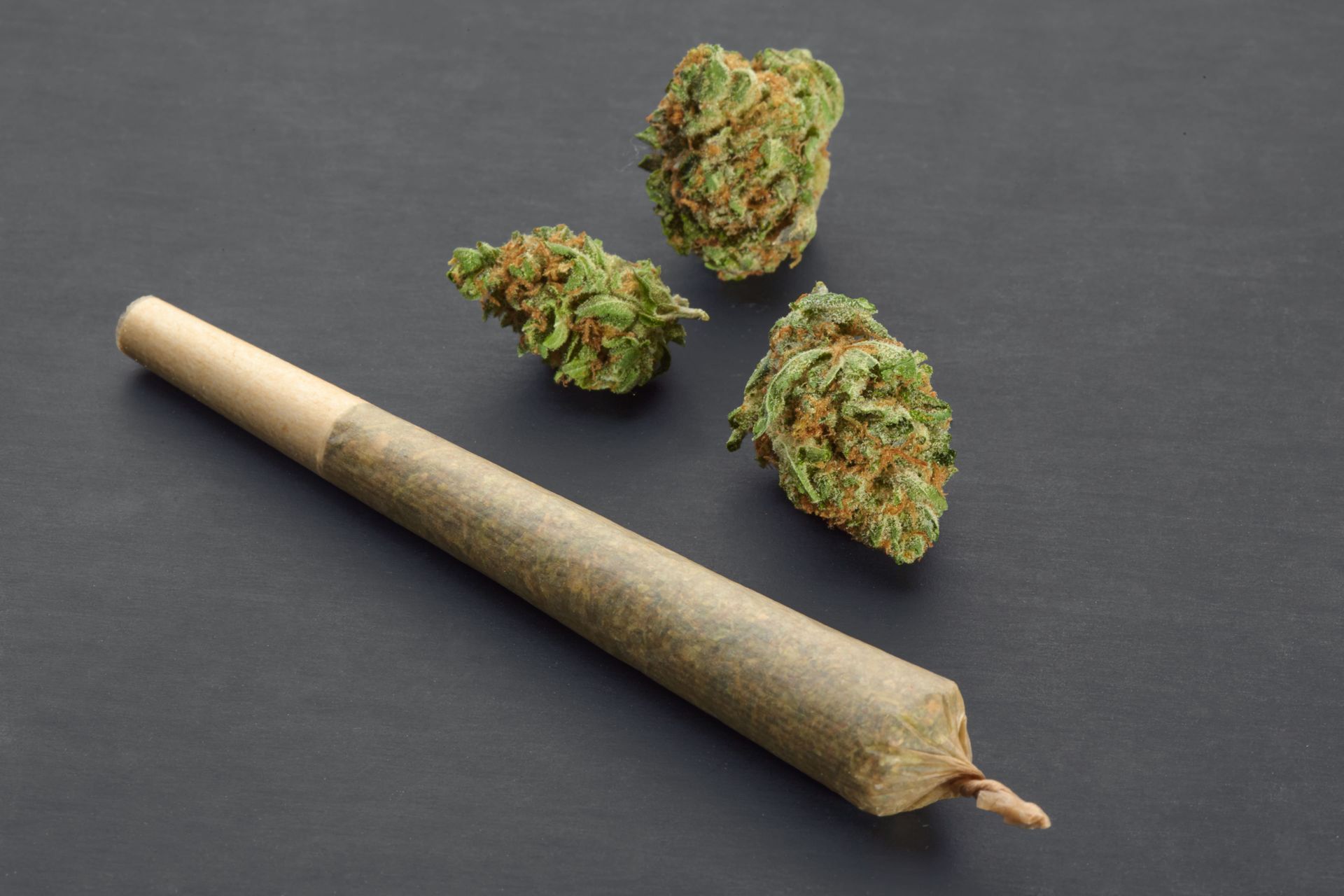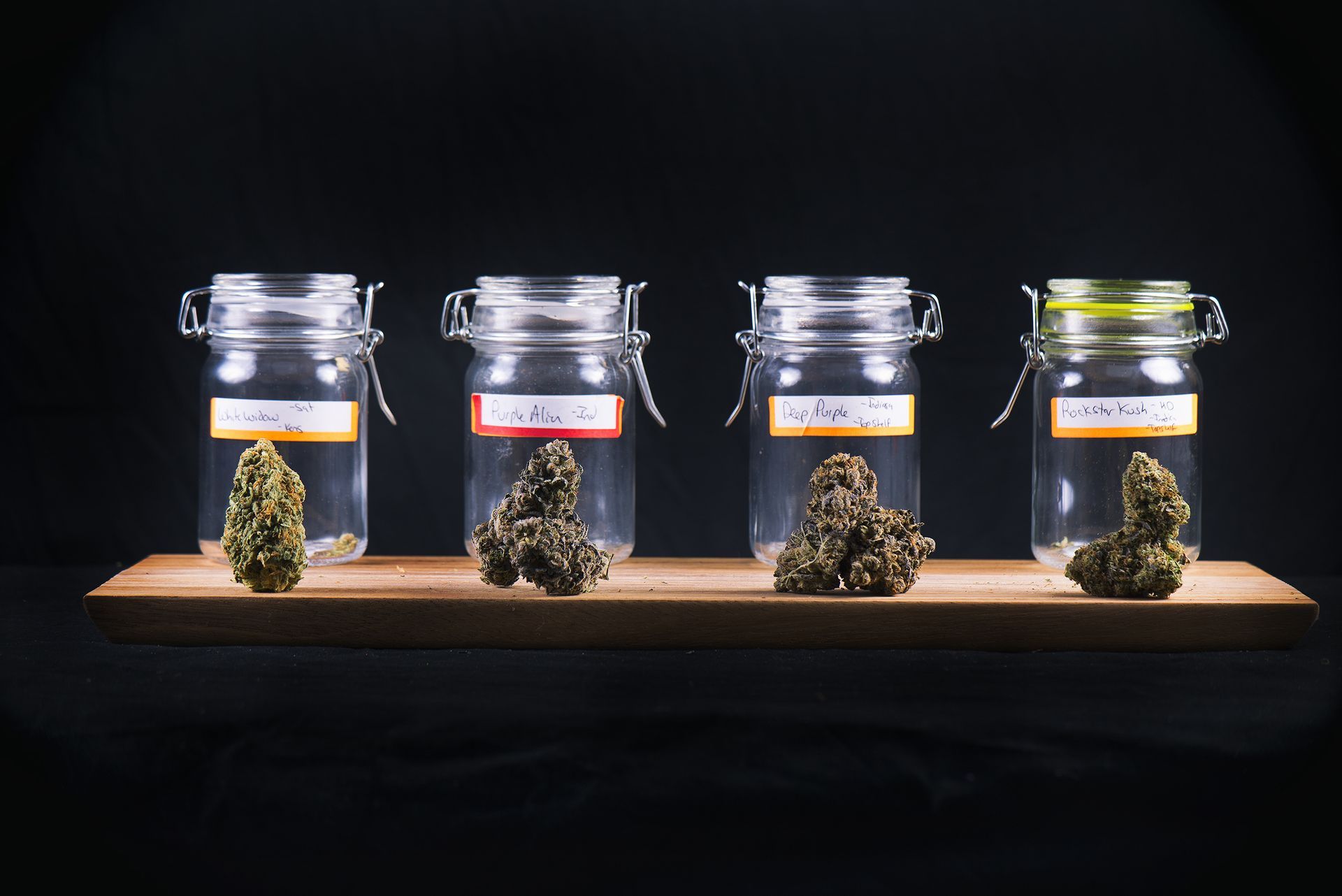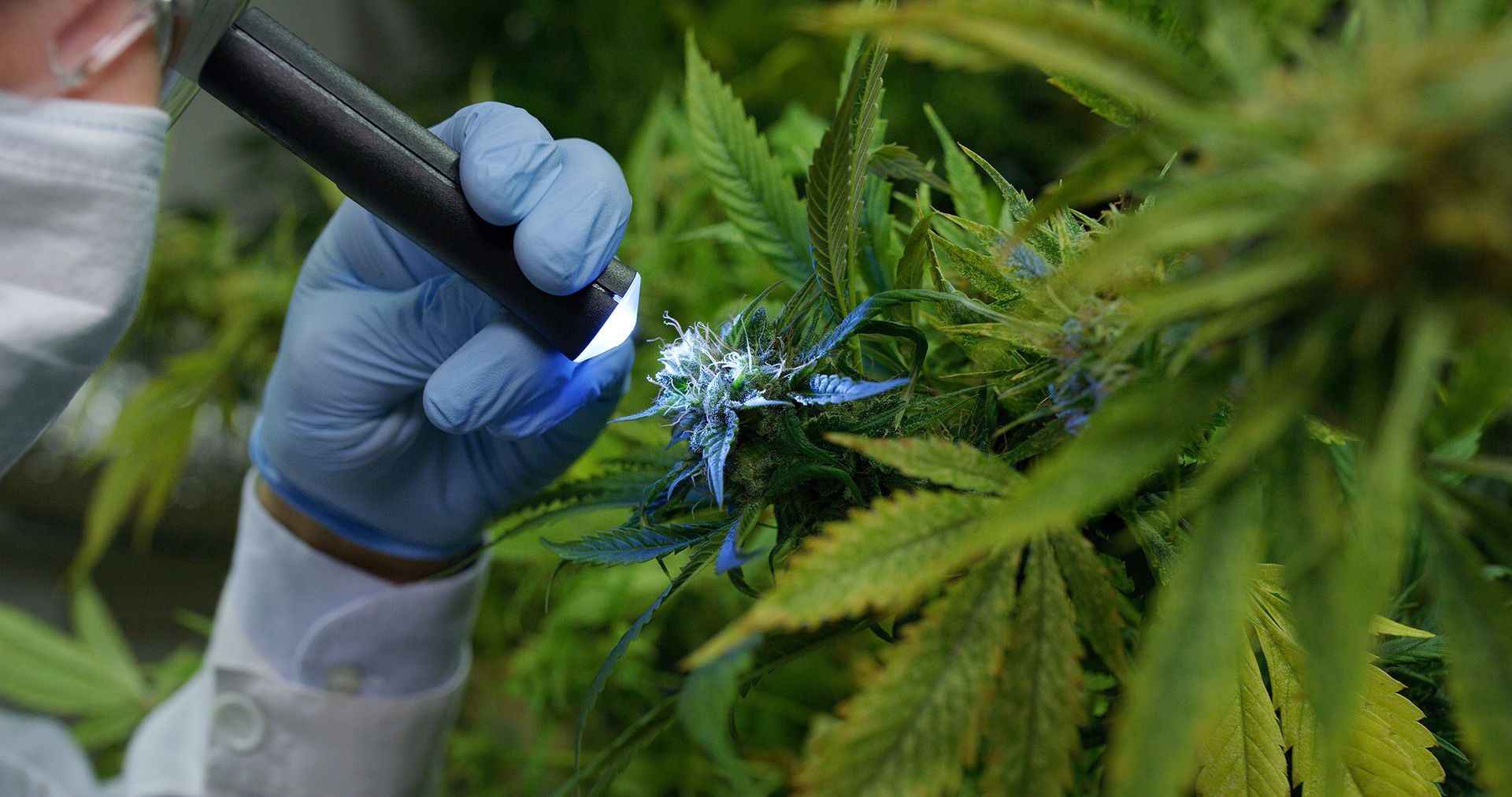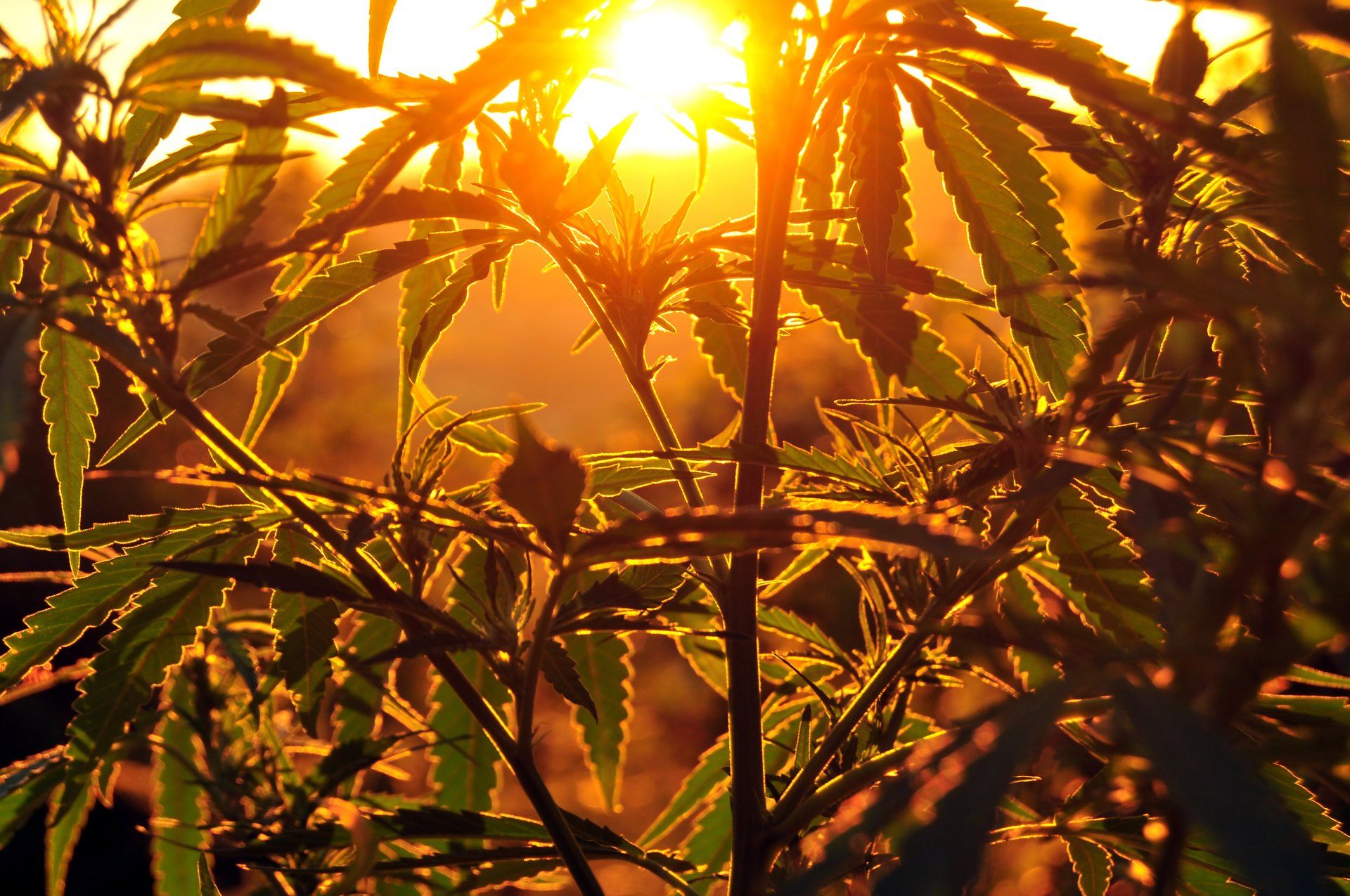The Differences Between Indica And Sativa

Scientists have an obsession with organization. Whether it's botany or biophysics, researchers need clear terms to understand what they're talking about. This "craze for categorization" has also influenced how cultivators and consumers identify different cannabis strains. Unquestionably, "sativa" and "indica" remain the two most consequential cannabis categories.
Even critics of the "sativa vs. indica" model must admit this system remains influential in cannabis. People new to cannabis must learn the differences between indica and sativa strains to predict each product's effects and growth patterns.
What Should Tokers Know About The Differences Between Indica And Sativa Strains?
Regarding effects, here's the core difference between indica and sativa strains: Indica strains are sedating; sativa strains are stimulating.
OK, that sentence oversimplifies the nuances between indicas and sativas, but it's a commonly held belief in the cannabis community. Many of the most prominent strains in the sativa or indica categories have either "energizing" or "soothing" qualities. Many customers claim that sativas are fantastic "wake & bake" strains, while indicas should be reserved for nighttime "stoner" sessions.
Although many tokers believe sativas and indicas have inherently different effects, there's still no scientific evidence to back up these claims. Indeed, some studies suggest the sativa vs. indica distinction is out of date, at least in terms of effects.
However, even if the sativa or indica genetics don't influence a strain's effects, secondary factors may contribute to these flowers' stereotypical sensations. For instance, many people claim indica strains naturally have high traces of the terpene myrcene. In addition to its fruity aroma, myrcene is well known for having a sedative effect on users, which may explain why indicas have an association with sleep.
At this point, there's a great deal we don't know about how sativa or indica genetics affect a strain's impact. Also, since everyone's endocannabinoid system is slightly different, it's impossible to say whether a specific indica or sativa strain will have a similar effect on their mind.
New customers should dig deeper than the posted sativa-to-indica percentage. While this metric isn't useless, there are more precise percentages people could use to gauge a strain's expected effects. Most notably, consumers could look into the third-party lab test results for a cannabis hybrid. These tests will highlight the total cannabinoid and terpene percentages in a strain, giving you a clearer glimpse into its chemical properties.
What Are The Cultivation Differences Between Indica And Sativa Strains?
Today, it's debatable whether there's a massive distinction between sativas and indicas in terms of their effects. However, there's no doubt in the cultivation community that indicas and sativas have different growing patterns. Indeed, botanists primarily invented the indica vs. sativa distinction to account for the unique appearance of different cannabis cultivars.
Indicas evolved in mountainous regions like the Hindu Kush, while most sativas are native to hot & humid areas like Southeast Asia. These unique conditions influenced how sativas and indicas grow. While both strains are photoperiod plants (i.e., they flower in response to diminishing daylight), indicas tend to grow faster than sativas. Also, indicas don't grow nearly as tall as an average sativa strain.
So, even if cannabis shops stop using the indica vs. sativa distinction to describe a strain's effects, this categorization will remain critical in cannabis cultivation.











OUR HAPPY CUSTOMERS

"LOVE THIS PLACE! My favorite dispensary ever. The customer service is always fantastic, the atmosphere is friendly and comfortable, and the products are always up to par. I can't stress enough that this is by far the best dispensary in and around Fort Collins."
MashIt
"Best spot in town, they have the best prices and the best staff! So friendly so fast. I WON'T go elsewhere. Loyalty system is top notch!"
FabuFit
"This is my favorite dispensary in the area. They definitely have the happiest, most friendly employees I've come across, and the selection is good."
YesSuits
Store Hours:
COLFAX
MON-SAT:
10A-8P
SUN
10A-7p
FT. COLLINS
MON-SAT:
9A-8P
SUN
9A-7p
Mon-Thu
8a-10p
Fri-Sat
8a-11p
Sun
9a-9p
3516 s Mason st
Fort Collins, Co 80525
(Now Open!!!)
WHEAT RIDGE
MON-SAT:
9A-8P
SUN
9A-7p
New Paragraph
All Rights Reserved | Solace Meds



